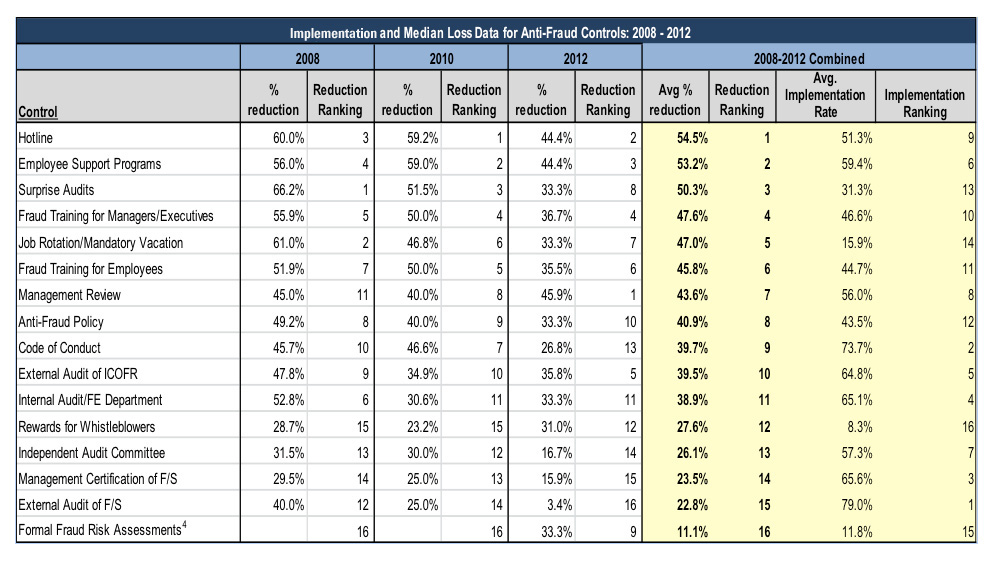Why We Do What We Do: The ACFE’s Global Fraud Survey
/ GUEST BLOGGER
GUEST BLOGGER
John Warren, J.D., CFE
ACFE VP and General Counsel
"The average corporate fraud lasts up to 18 months before detection and involves more than $140,000.” - Walt Pavlo, “Forget NSA Surveillance, Your Company is Watching You," Forbes.com, June 26, 2013
"Research shows that worldwide, payroll fraud comprises 8.5 per cent of occupational fraud and costs an average of £46,195 per payroll fraud case." - UK National Fraud Authority, Annual Fraud Indicator, March 2012
"… It's not surprising that fraud in the workplace increased during the economic crisis and recession. The median loss tied to occupational fraud is $160,000 … so the issue is something about which many companies are rightfully concerned. Small businesses are especially vulnerable." - The Huffington Post, June 5, 2012
When you read a news story about a fraud case or a report about some aspect of financial crime, you’ll often see the writer reference statistics like the ones above. You may not think a lot about the stats directly, but they give the story context and help you understand the issues relating to the subject in a more meaningful way.
What these quotes have in common – aside from being about the subject of fraud – is they were taken from the ACFE’s Report to the Nations on Occupational Fraud and Abuse. That study, which is based on actual cases investigated by CFEs, has become one of the go-to sources for major media outlets looking for statistical data on occupational fraud. It’s also frequently cited by academics and researchers as resource material for their own fraud studies, and of course it’s used every day by ACFE members to educate their clients about fraud risk.
In some ways, the Report to the Nations is the most important educational resource the ACFE produces. It not only provides useful information to ACFE members, but it also helps us show those outside the anti-fraud community the staggering losses that occupational fraud imposes on our economy. Let’s face it; if we as anti-fraud professionals are going to be effective at our jobs, the first thing we need to do is convince those who hire us that it’s worth investing and supporting us in what we do. The Report helps us make the case that our work is critically important.
The Report is only made possible by the contributions of CFEs throughout the world who take the time to fill out the Global Fraud Survey and tell us about one fraud case they’ve investigated in the last two years. That survey was recently distributed to all CFEs, and if you haven’t already filled it out I strongly encourage you to do so here. It’s one of the most important things you can do as a CFE to help support the ACFE mission. (Please note, we won’t ask you to identify any parties to your case, and your response will be kept confidential).
Whenever I see the Report quoted in the media or cited by someone doing fraud research, I think about all the CFEs who took the time to help us assemble the data that went into that study, and I’m proud to be a part of an organization whose members have so much knowledge and are so ready to share it. The next time a stat like those above show up in a story you’re reading, I hope you’ll remember that the information came from your colleagues at the ACFE – or better yet, I hope you’ll be able to pat yourself on the back for having contributed your own case to the study.
Take the Global Fraud Survey.


